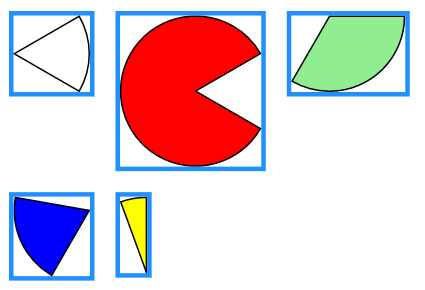function makeArc(data) {
return new go.Geometry()
.add(new go.PathFigure(data.radius + data.radius * Math.cos(data.start * Math.PI / 180),
data.radius + data.radius * Math.sin(data.start * Math.PI / 180),
false)
.add(new go.PathSegment(go.PathSegment.Arc,
data.start, data.sweep,
data.radius, data.radius,
data.radius, data.radius)
));
}
var arc_sketchTemplate = g_(go.Node, "Viewbox",{
resizable: true,
resizeObjectName: "LAMP",
rotatable: true,
locationSpot: go.Spot.Center,
locationObjectName: "LAMP",
//selectionAdorned: false,
selectionObjectName: "LAMP",
background: null
},
new go.Binding("angle","angle").makeTwoWay(),
new go.Binding("location", "loc", go.Point.parse).makeTwoWay(go.Point.stringify),
new go.Binding("layerName", "isSelected", function(s) { return s ? "Foreground" : ""; }).ofObject(),
g_(go.Panel, "Spot",
g_(go.Shape, // arc
{
name: "LAMP",
fill: null,
stroke: "rgba(0,0,0,1)",
strokeWidth: 2,
alignment: new go.Spot(0,0,0,0)
},
new go.Binding("stroke","color"),
new go.Binding("strokeWidth","thickness").makeTwoWay(),
new go.Binding("geometry", "", makeArc),
new go.Binding("desiredSize","desiredSize",go.Size.parse).makeTwoWay(go.Size.stringify)),
g_(go.TextBlock,
{
editable: true,
_isNodeLabel: true,
alignment: new go.Spot(0.5,1,0,20),
cursor: "pointer",
stroke: "rgba(0,0,0,1)", background: "transparent"
},
new go.Binding("font","font"),
new go.Binding("stroke","text_color"),
new go.Binding("alignment").makeTwoWay(),
new go.Binding("text", "text"))
));
As shown in the figure, the graphics area is significantly smaller than the selected area.
I want the selected region to be exactly the actual area. What should I do?
